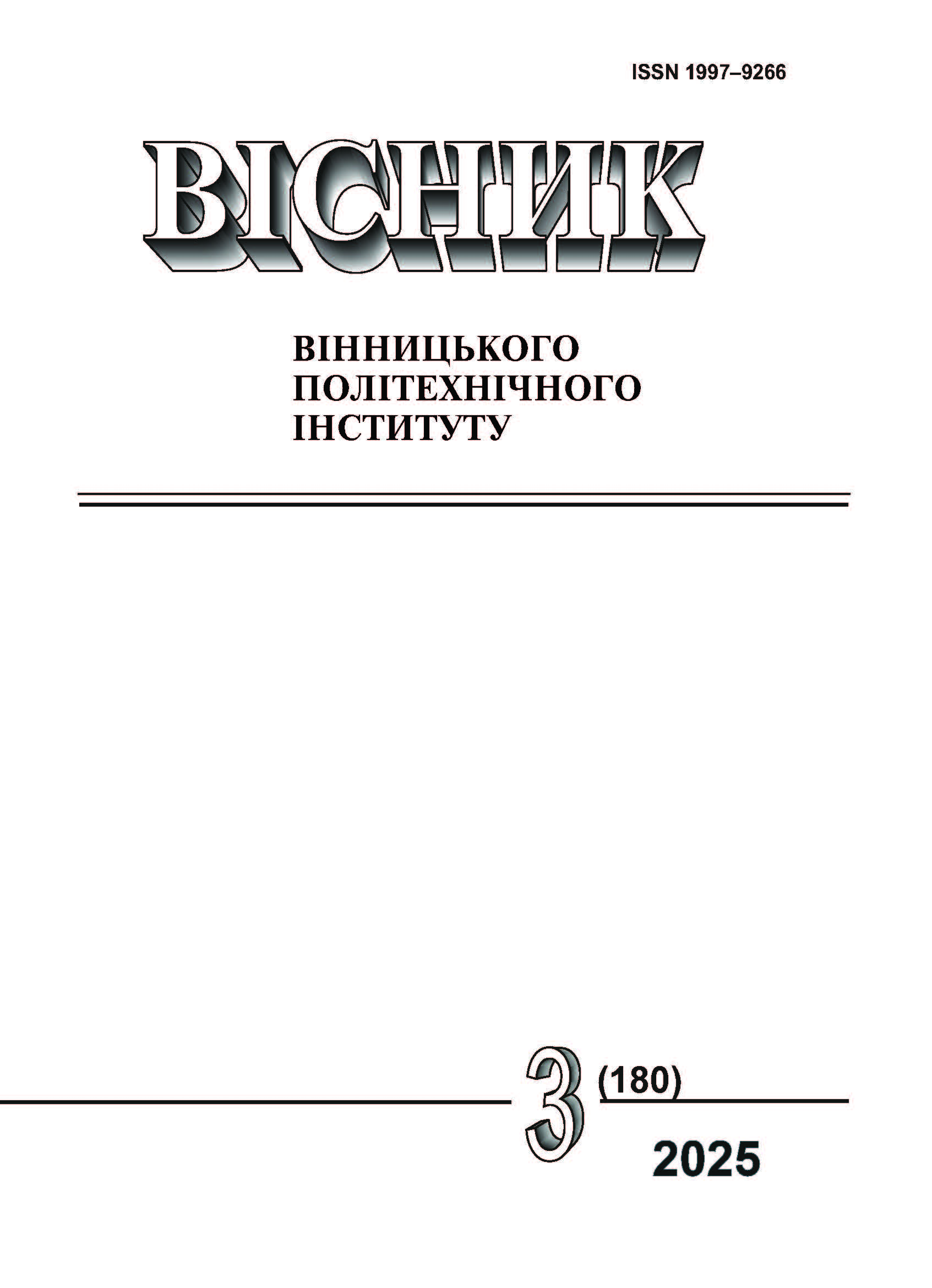Method for Determining Optimal Configurations of Gas Metering Nodes and Gas Flow Measurement Points under Conditions of Uncertainty
DOI:
https://doi.org/10.31649/1997-9266-2025-180-3-8-16Keywords:
natural gas, gas metering, measuring device, measurement errors, fuzzy parametersAbstract
The authors propose a new method for determining the configuration of natural gas metering nodes and gas flow measurement points, which takes into account, in addition to traditional approaches to the solution of this problem based on data on the technical and metrological characteristics of measuring instruments, also the criterion of the total cost of measuring devices under conditions of uncertainty.
The measuring devices considered in the article are variable pressure differential flow meters, turbine gas meters, and ultrasonic flow meters, which are most often used in the construction, repair, or reconstruction of gas metering units and gas flow measurement points. The problem of selecting the optimal configuration of a natural gas metering unit is formulated, provided that the parameters in the optimization problem, which are caused by measurement errors, are treated as fuzzy numbers of the (L-R)-type. It is shown that the initial problem is transformed into an integer programming problem in which the constraint coefficients determining the unaccounted losses depend on the parameters of the triangular membership function, which is approximated by a Gaussian function. The problem of determining the optimal number of measuring devices for natural gas metering units or gas flow measurement points, which is formulated in this work, is solved using software in the MatLab environment. The effectiveness of the developed optimization problem software was tested on a specific example of choosing the optimal configuration of the metering node based on the criterion of minimal financial costs for equipping the metering node with natural gas metering devices for one of the gas distribution stations. A comparative analysis of two variants of the optimization problem was carried out: in a deterministic formulation and taking into account the fuzziness of the coefficients, which are caused by the measurement errors, within the limitation caused by unaccounted losses
To verify the operation of the proposed method and the developed software, the initial data was used, which takes into account the real operating conditions of gas metering units and gas flow measurement points. The use of the proposed method will reduce the costs of construction, repair or reconstruction of gas metering units and gas flow measurement points.
References
Є. П. Пістун, і Л. В. Лесовой, Нормування витратомірів змінного перепаду тиску. Львів, Україна: вид-во ЗАТ «Інститут енергоаудиту та обліку енергоносіїв», 2006, 576 с.
Є. Пістун, та ін., «Дослідження похибки ультразвукових витратомірів за умов спотвореної структури потоку на основі СFD-моделювання,» Метрологія та прилади, № 4, с. 13-23, 2014.
Й. Й. Білинський, М. О Стасюк., і М. В. Гладишевський, «Аналіз методів і засобів контролю витрат рідких і газоподібних середовищ і класифікація на їх основі,» Наукові праці ВНТУ, № 1, 2015.
М. П. Андріїшин, Вимірювання витрати та кількості газу, довідник, Івано-Франківськ, Україна: ПП «Сімик», 2004, 160 с.
Я. М. Власюк, І. С. Кисіль, і О. Є Середюк, «Реалізація концепції створення єдиної системи обліку природного газу в Україні,» Методи та прилади контролю якості, № 13, с. 61-65, 2005.
О. Є. Середюк, і Т. В. Лютенко, «Експериментальні дослідження вузлів обліку природного газу різних принципів дії,» Метрологія та прилади, 2015.
Michael Reader-Harris, “Orifice Design. Orifice Plates and Venturi Tubes,” Springer, Cham, p. 33-76, 2015.
Shan Feng, Liu Zhichun, Liu Wei, and Tsuji Yoshiyuki. “Effects of the orifice to pipe diameter ratio on orifice flows,” Chem Eng Sci, no. 152, pp. 497-506, 2016.
F. Cascetta, and G. Rotondo, “Effects of Intermittent Flows on Turbine Gas Meters Accuracy,” Second University of Naples, Italy Measurement, no. 69, pp. 280-286, 2015.
B. M. Menezes and B. D. Manager, “Calculating & Optimizing Repeatability of Natural Gas Flow Measurements,” Tech. Note, no. November, 2012.
J. Savickis1, L. Zemite, I. Bode, and L. Jansons, “Natural gas metering and its accuracy in the smart gas supply systems,” Latvian Journal of Physics and Technical Sciences, no. 5, 2020.
М. І. Горбійчук, і О. А. Скріпка, «Метод визначення оптимальних конфігурацій вузлів обліку газу та пунктів вимірювання витрат газу,» Вісник Вінницького політехнічного інституту, № 6, с. 13-18, 2024. https://doi.org/10.31649/1997-9266-2024-177-6-13-18 .
Л. Г. Раскін, О. В. Серая, і В. Ю. Воловщиков, Нечітка математика, підручн. Харків, Україна: НТУ «ХПИ», 2016, 203 с.
M. Horbiychuk, N. Lazoriv, and L. Feshanych, “Determining the effect of fuzziness in the parameters of a linear dynamic system on its stability,” Eastern-European Journal of Enterprise Technologies. Mathematic and cybernetics – applied aspects, no. 2/4 (110), pp. 15-21, 2021.
Mikhail I Gorbiychuk., and Taras V. Humenyuk, “Synthesis Method of Empirical Models Optimal by Complexity under Uncertainty Conditions,” Journal of Automation and Information Sciences, vol. 48, issue 9, pp. 64-74, 2016.
М. І. Горбійчук, Математичні методи оптимізації, навч. посіб. Івано-Франківськ, Україна: ІФНТУНГ, 2018, 302 с.
Downloads
-
pdf (Українська)
Downloads: 111
Published
How to Cite
Issue
Section
License

This work is licensed under a Creative Commons Attribution 4.0 International License.
Authors who publish with this journal agree to the following terms:
- Authors retain copyright and grant the journal right of first publication.
- Authors are able to enter into separate, additional contractual arrangements for the non-exclusive distribution of the journal's published version of the work (e.g., post it to an institutional repository or publish it in a book), with an acknowledgment of its initial publication in this journal.
- Authors are permitted and encouraged to post their work online (e.g., in institutional repositories or on their website) prior to and during the submission process, as it can lead to productive exchanges, as well as earlier and greater citation of published work (See The Effect of Open Access).





